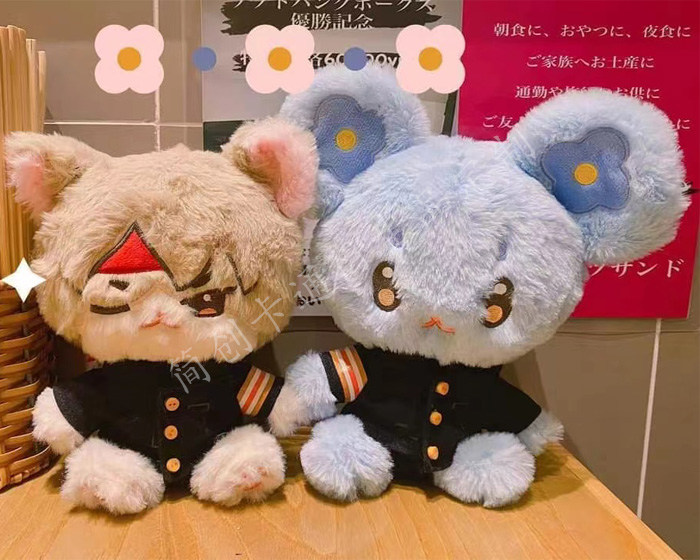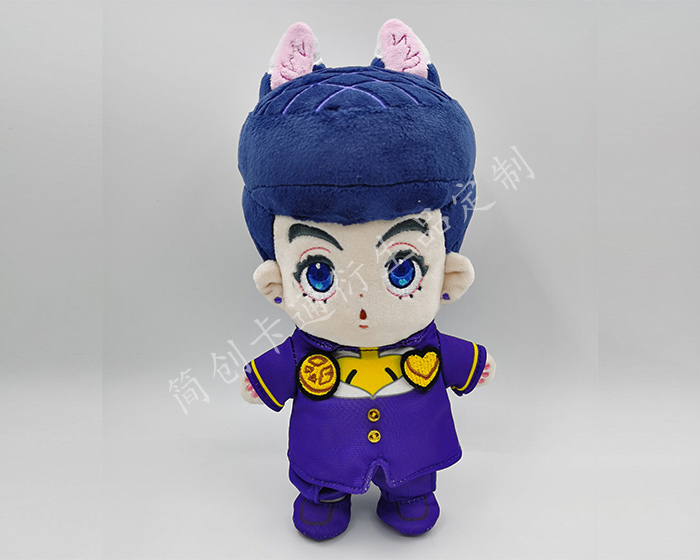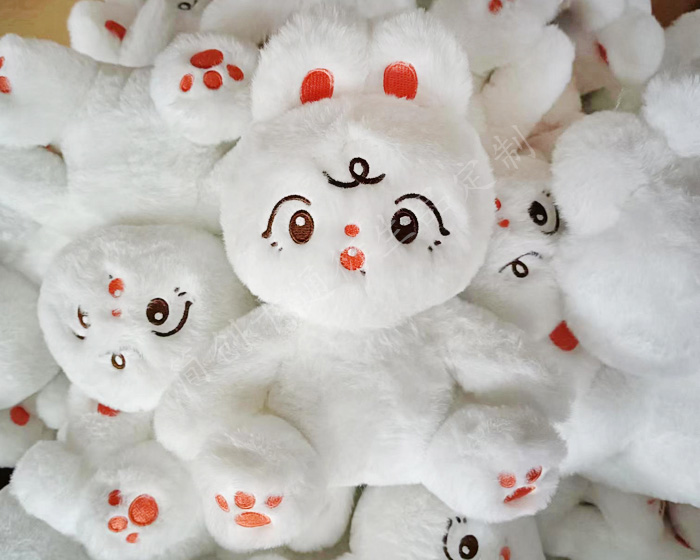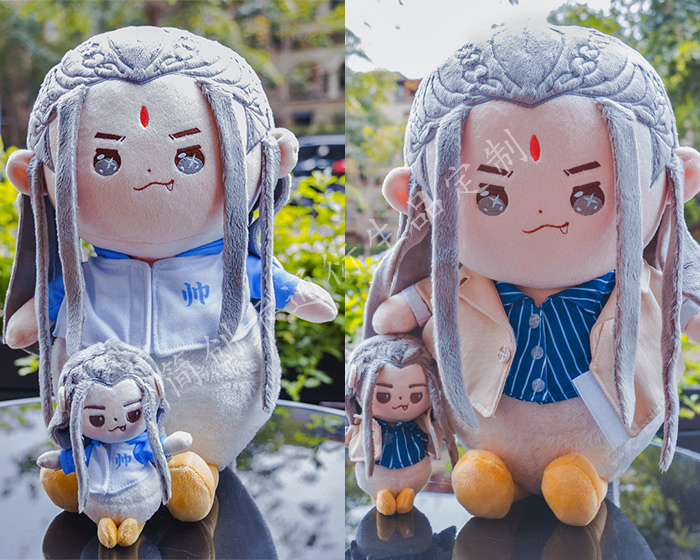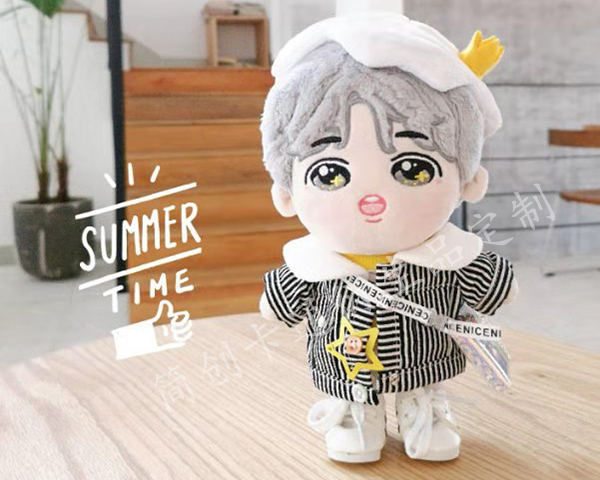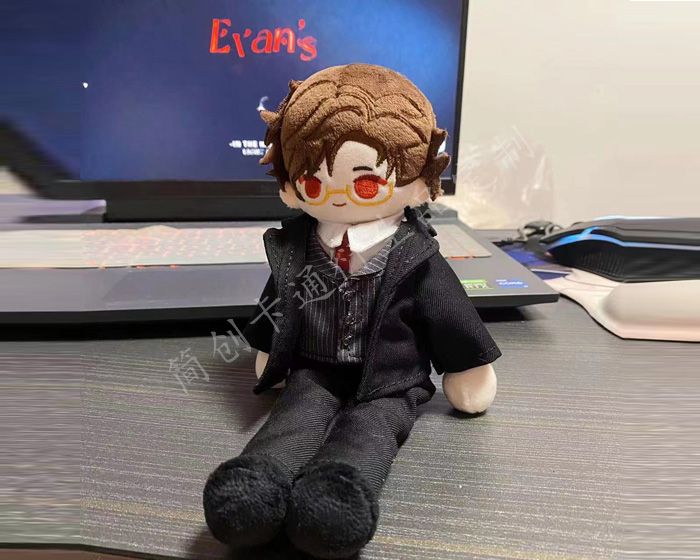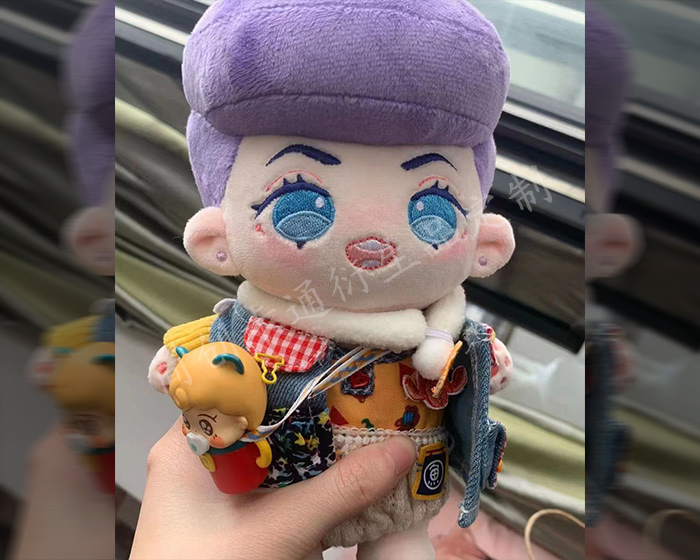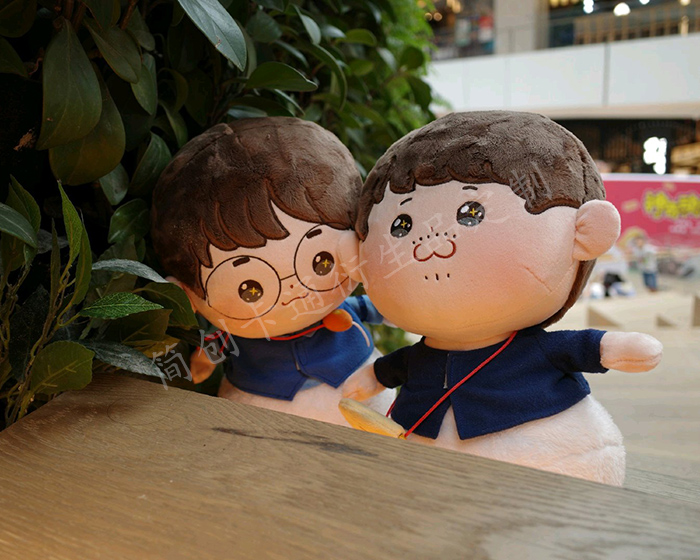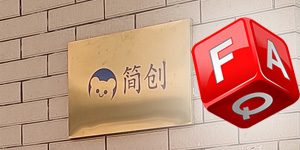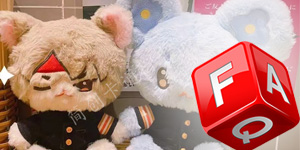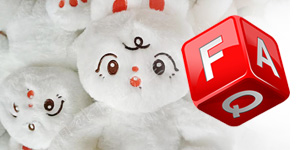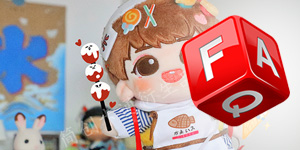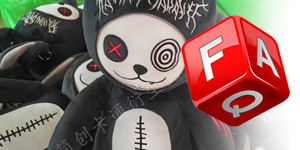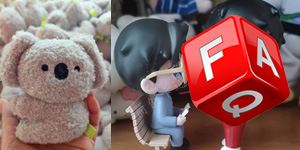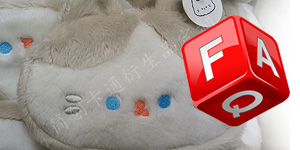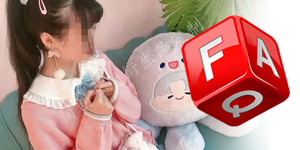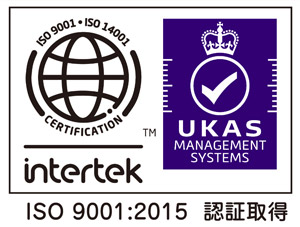Animal plush toys can be safe for young children, but ensuring their safety involves considering several factors. Here are some key points to ensure that plush toys are suitable for infants and toddlers:
1. Non-Toxic Materials
-
What to Check: Ensure the toy is made from non-toxic, child-safe materials. Look for labels that indicate the toy is free from harmful chemicals like lead, phthalates, and formaldehyde.
-
Certifications: Check for safety certifications such as ASTM F963 (in the U.S.) or EN71 (in Europe), which indicate compliance with safety standards.
2. Secure Construction
-
What to Check: Verify that the toy is well-constructed with secure stitching and no loose parts. Small parts or detachable elements can pose a choking hazard.
-
Inspection: Regularly inspect the toy for any signs of wear and tear, and repair or discard damaged toys.
3. Washability
-
What to Check: Choose plush toys that are machine washable or easy to clean. This helps maintain hygiene and removes any potential allergens.
-
Cleaning Instructions: Follow the manufacturer’s cleaning instructions to ensure the toy remains safe and hygienic.
4. No Small Parts
-
What to Check: Avoid plush toys with small, removable parts, such as buttons or eyes, that could be a choking hazard for young children.
-
Design: Opt for toys with embroidered features or securely attached details.
5. Hypoallergenic Materials
-
What to Check: For children with sensitive skin or allergies, choose plush toys made from hypoallergenic materials.
-
Labels: Look for toys labeled as hypoallergenic or suitable for sensitive skin.
6. Age Appropriateness
-
What to Check: Check the age recommendations provided by the manufacturer. Some plush toys are specifically designed for older children and may not be suitable for infants.
-
Design: Ensure that the toy’s size and features are appropriate for the child’s age and developmental stage.
7. Safety Certifications
-
What to Check: Look for safety certifications from reputable organizations that indicate the toy meets established safety standards.
-
Regulations: Familiarize yourself with local safety regulations and standards for children’s toys.
8. Avoiding Toxic Paints and Dyes
-
What to Check: Ensure that any paints or dyes used on the toy are non-toxic and child-safe.
-
Labels: Look for certifications or labels indicating that the toy is free from harmful substances.
9. Softness and Comfort
-
What to Check: Ensure the plush toy is made of soft, plush materials without any hard or sharp components.
-
Comfort: The toy should be comfortable for hugging and cuddling without causing discomfort.
10. Supervised Play
-
What to Check: Always supervise young children during playtime, especially with new toys. This ensures that the toy is used safely and helps prevent accidents.
By paying attention to these factors, you can select animal plush toys that are safe, durable, and enjoyable for young children. Always follow the manufacturer's guidelines and keep an eye on the toy’s condition to ensure it remains safe for use.
The following are some examples of plush toys that our factory customizes for customers. Check out if there is one that you like best.
-
Custom Animal Plush
-
Cute Plush Doll
-
Custom Stuffed Animals
-
Plush Toy
-
Plush Dolls
-
Custom Stuffed Dolls
-
Custom Plush Toy
-
Cotton Dolls
-
Weighted Plush Toys
-
Cute Stuffed Animals
-
Custom Pet Stuffed Animal
-
Warmies Stuffed Animals
-
Weighted Stuffed Animal
-
Soft Toys
-
Plush Stuffed Doll
-
Custom Stuffed Dolls
-
Plush Maker
-
Bear Stuffed Toy
-
Anime Plush
-
Custom Stuffed Animal
-
Anime Plush
-
Custom Plush Toy
-
Personalised Stuffed Animal
-
Plush Animal Toys
-
Custom Plush Makers
-
Custom Plushies
-
Toy Manufacturer
-
Rag Doll Making
-
Custom Toys
-
Dog Plush Toys
-
Custom Rag Doll
-
Stuffed Animals
-
Custom Plush
-
Custom Plush Dolls
-
20cm Cotton Doll
-
Jojo Plush
-
Custom Doll
-
Jojo Doll
-
Large Plush Toys
-
15cm Cotton Doll
-
Dumpling Plush
-
Cotton Doll







